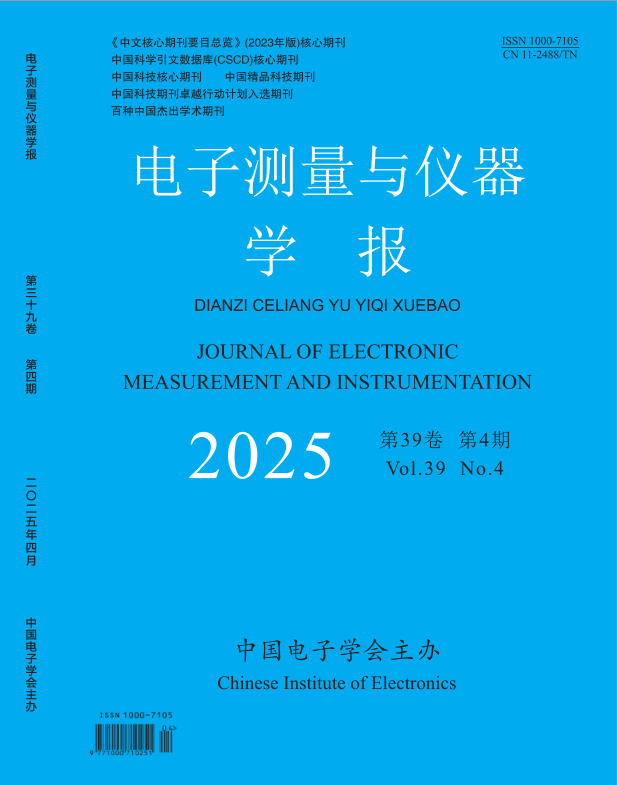2023, 37(10):221-231.
Abstract:In industrial construction, bolt components are key connectors commonly used to join large machinery and components such as
steel structures, bridges, highways, buildings, and oil pipelines. The quality of their installation directly affects the stability and
reliability of the entire equipment or structure. However, the installation of bolts often takes place in narrow and complex environments,
making manual inspection difficult, inefficient, and prone to misjudgment and omissions. In this study, we conducted bolt component
recognition research based on the Faster R-CNN framework, aiming to address the challenges in bolt detection, we propose a detection
algorithm based on multi-scale and multi-directional bolts. Firstly, we augment the collected images to enhance the diversity of the
dataset. Secondly, we enhance the sensitivity of the model to feature information by modifying the backbone network, and utilize a multi�scale fusion module to improve the detection of small targets. In the stage of generating bounding boxes, we introduce an adaptive
rotation region proposal network to obtain optimal bounding boxes. Finally, we address the issue of discontinuous boundaries in multi�directional detection by employing the Gaussian Wasserstein distance and focal loss as the loss functions instead of the traditional Smooth
L1 loss. Experimental results for bolt component recognition demonstrate that the improved Faster R-CNN model achieves a mAP (mean
average precision ) value of 87. 4%, which is a 7. 6% improvement over the original Faster R-CNN model. Through ablation
experiments, it is observed that the improved ResNet50 network achieves a 0. 2% increase in AP (average precision) compared to the
original ResNet50 network. Comparisons with other rotation detection models on the same dataset reveal that the proposed model has higher AP values and better robustness. The model presented in this study effectively addresses the challenges posed by the shooting
angles and complex environments in bolt component recognition tasks, mitigating issues caused by image scale and discontinuous rotation
boundaries.
